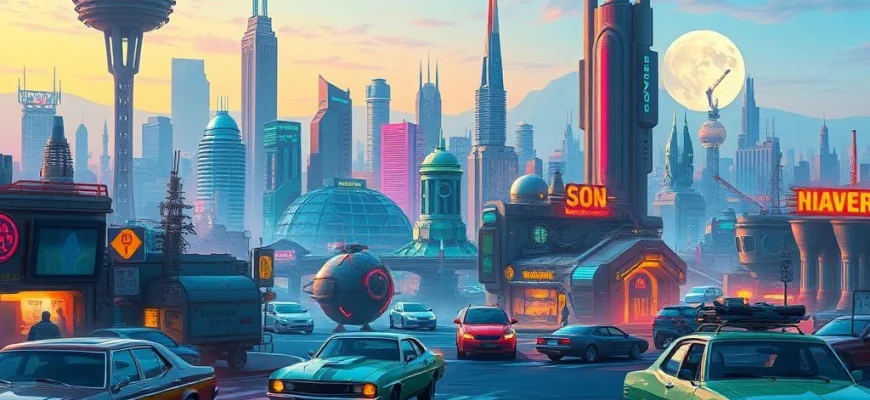If you loved the retro-futuristic charm and action-packed adventure of 'Cherry 2000' (1987), you're in for a treat! This article explores 10 similar movies and shows that capture the same blend of sci-fi, romance, and dystopian thrills. Whether you're a fan of 80s nostalgia or futuristic storytelling, these picks will keep you entertained.
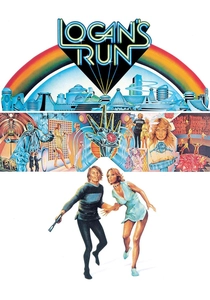
Logan's Run (1976)
Description: Set in a futuristic society where life is strictly controlled, and citizens are terminated at a certain age, focusing on rebellion and escape.
Fact: The film's futuristic sets and costumes were highly influential, though its special effects were limited by the technology of the time. It was based on a novel of the same name.
 Watch Now
Watch Now 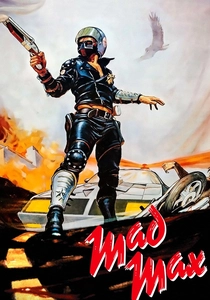
Mad Max (1979)
Description: Depicts a post-apocalyptic world where society has collapsed, and lawlessness reigns, emphasizing survival and vehicular combat.
Fact: Made on a shoestring budget, the film became a surprise hit and launched a successful franchise. Many of the stunts were performed without special effects, adding to its raw intensity.
 Watch Now
Watch Now 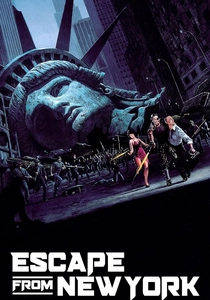
Escape from New York (1981)
Description: Presents a lawless, dystopian version of New York City as a maximum-security prison, focusing on survival and rebellion against authority.
Fact: The film's concept was inspired by the Watergate scandal and the increasing crime rates in New York during the 1970s. Kurt Russell's character, Snake Plissken, became an iconic anti-hero.
 Watch Now
Watch Now 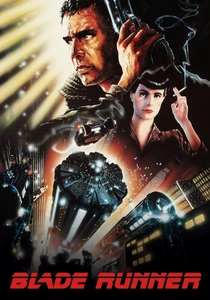
Blade Runner (1982)
Description: Features a dystopian future with advanced technology and a gritty, neon-lit urban environment, exploring themes of humanity and artificial life.
Fact: The film's iconic visual style was heavily influenced by the art of French comic book artist Moebius. It was initially a box office disappointment but later became a cult classic.
 Watch Now
Watch Now 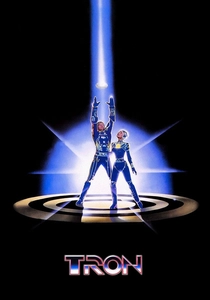
Tron (1982)
Description: Delves into a digital world where programs take on human-like forms, blending sci-fi with groundbreaking visual effects.
Fact: One of the first films to use extensive computer-generated imagery (CGI), though much of the visuals were achieved with backlit animation. It was initially dismissed by critics but gained a cult following.
 Watch Now
Watch Now 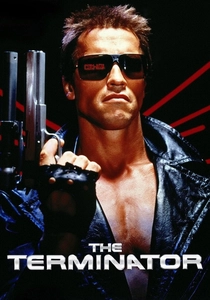
The Terminator (1984)
Description: Explores a bleak future dominated by machines, with a relentless cyborg assassin sent back in time to alter the course of history.
Fact: The film's low budget forced the use of creative practical effects, including stop-motion animation for the Terminator's endoskeleton. It launched James Cameron's career as a major director.
 Watch Now
Watch Now 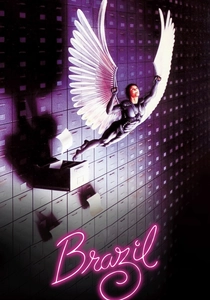
Brazil (1985)
Description: A satirical take on a bureaucratic, dystopian future where individuality is crushed by an oppressive system, blending dark humor with surreal visuals.
Fact: The film's production was fraught with conflicts between the director and the studio, leading to multiple cuts. Its imaginative set design and bleak humor have made it a cult favorite.
 Watch Now
Watch Now 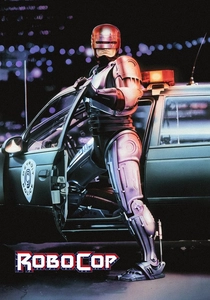
RoboCop (1987)
Description: Combines cyberpunk elements with a dystopian future where a cyborg law enforcer battles crime and corporate corruption.
Fact: The film's satirical tone and violent content led to it being heavily edited for its initial release. It spawned multiple sequels, a TV series, and a reboot.
 Watch Now
Watch Now 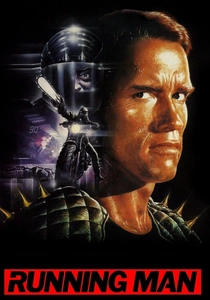
The Running Man (1987)
Description: Set in a dystopian future where a deadly game show serves as entertainment, blending action with social commentary on media and control.
Fact: The film was based on a novel by Stephen King, written under his pseudonym Richard Bachman. It features one of Arnold Schwarzenegger's most memorable one-liners.
 Watch Now
Watch Now 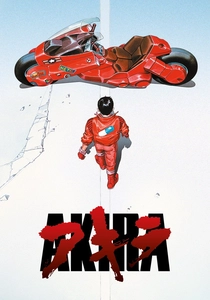
Akira (1988)
Description: Portrays a cyberpunk dystopia with themes of government experimentation, psychic powers, and societal collapse, featuring stunning animation.
Fact: The film was a breakthrough in anime, introducing many Western audiences to the genre. Its detailed animation and complex story set a new standard for animated films.
 Watch Now
Watch Now 
